Why The McLaren Artura Has The First-Ever Production 120-Degree V6
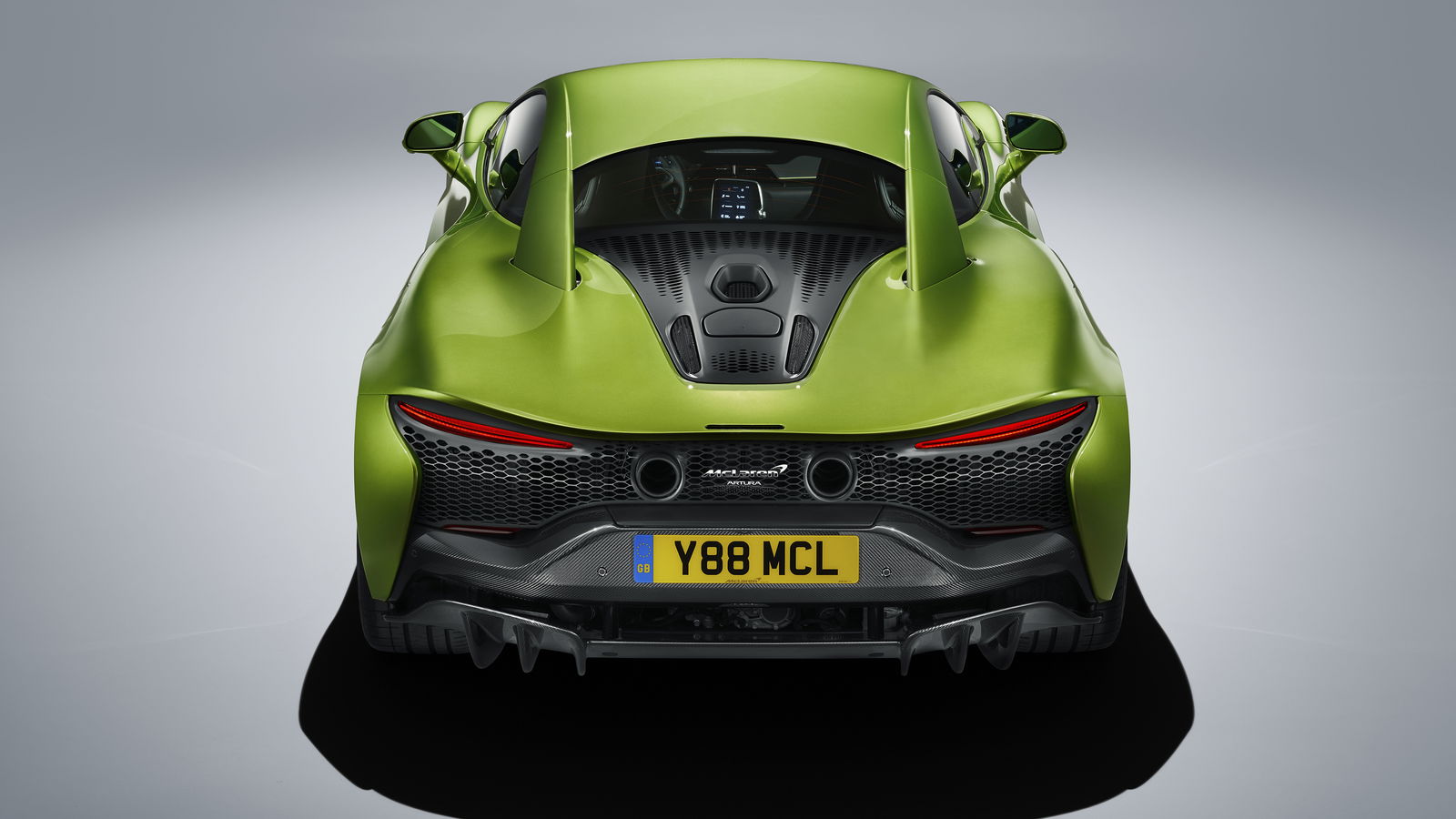
Of all the fantastically geeky technical details in the McLaren Artura press release, one stood out to us: the cylinder bank angle. Yes, really. We’d normally quote such a thing without even thinking about it, but a 120-degree V is extremely uncommon. Please bear with us while we nerd out a little.
Engines like this have existed before. Ferrari used a 120-degree V6 in its ‘Sharknose’ 156 racer of the 60s, revisiting the concept in the 1980s admidst F1’s mad turbocharged era. McLaren’s M630 is the first time we’ve seen an engine like this in a production car, though, but what’s the thinking behind it?
We had a call with McLaren‘s Head of Powertrain Richard Jackson to find out more about the engine’s unusual layout. He joined the company six years ago, at which time the groundwork for the V6 was already being laid.
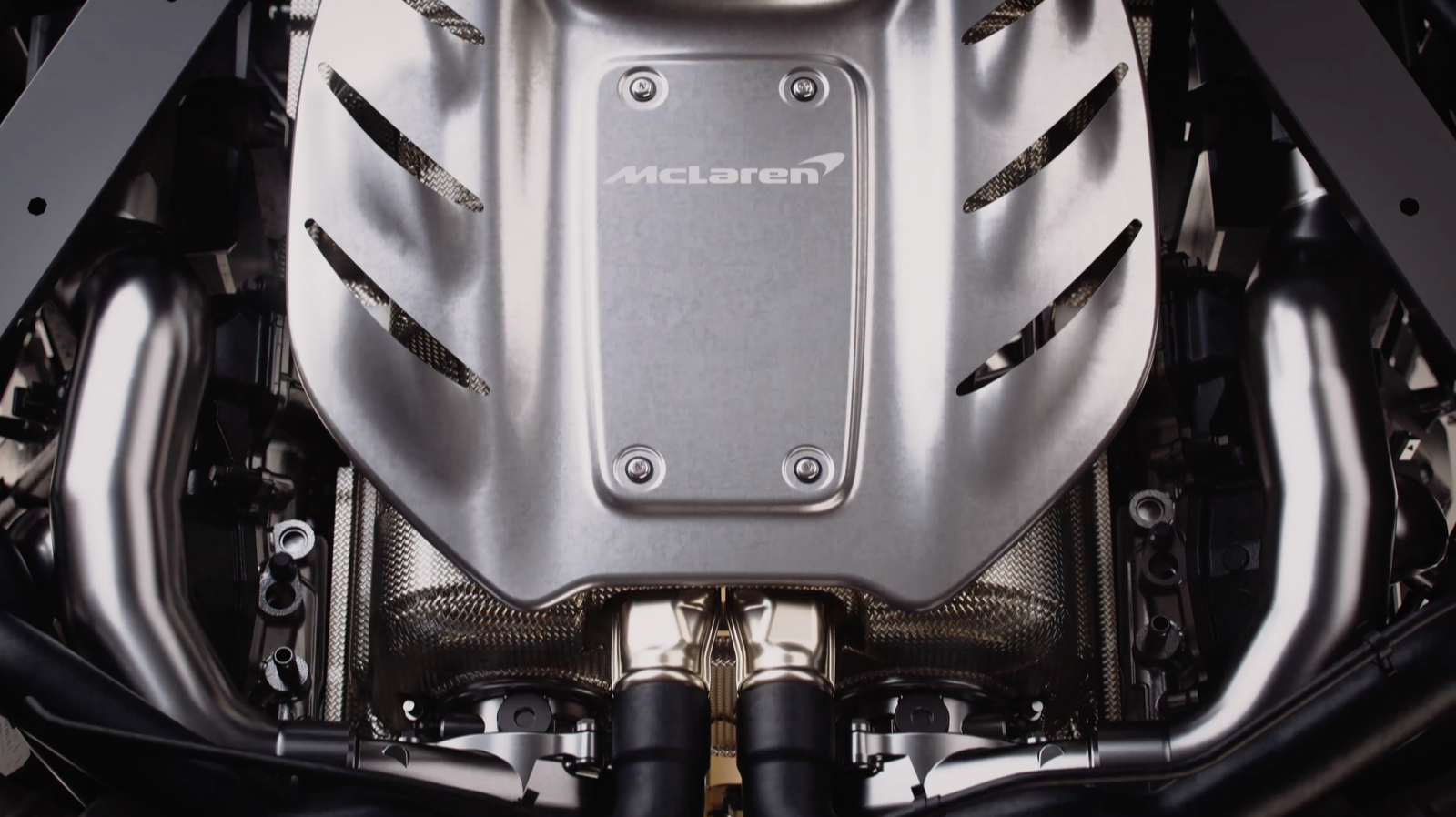
It was clear even at that stage that a 120-degree V6 was the way to go due to its various advantages. For the first of these, we have to look deep inside the engine.
Since an even-firing V6 detonates a cylinder for every 120-degree rotation of the crankshaft, a 120-degree V angle is - in theory - ideal. This means each pair of con rods shares the same crank journal, reducing the length of the crankshaft.
A shorter crank makes for a stronger crank, Jackson explains, with good torsional rigidity making it possible to get the redline up to 8500rpm without introducing any excessive noise, vibration and harshness (NVH). It’s not as balanced as a more conventional 60-degree V6, he says, which is why there’s a geared balancing shaft running down the centre of the V to counter the primary imbalance within the two banks of inline-threes that make up the engine. This is similar to what you’d find in a 90-degree V6.
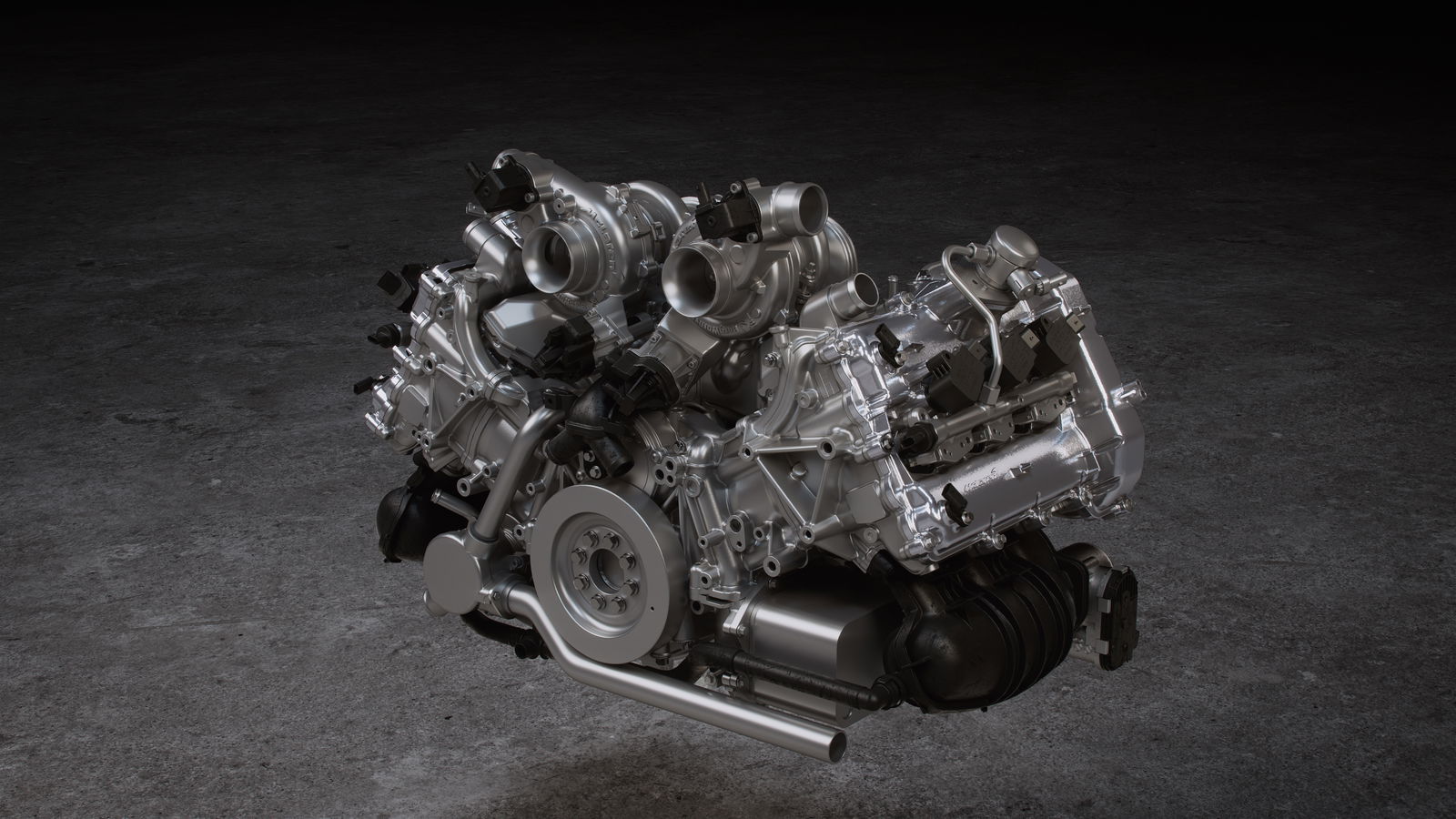
Even though a balancing shaft is necessary for an even firing order (an odd firing order could have been used, but would lead to nasty vibrations), Jackson still regards the 120-degree six as a “good compromise”. That shorter crank also keeps the length of the engine down - it’s some 150mm shorter than the ‘M838MT’ V8 it replaces. Spreading out the V6 angle also helps the M630 sit lower in the car, with its highest point sitting 93mm further down compared to the M838, dropping the centre of gravity. As a side note, it’s also 49kg lighter, helping offset the weight of all the hybrid gubbins.
McLaren could have flattened the V out entirely with a 180-degree engine, either with shared crankpins or with separate pins to make it a ‘boxer’ engine. This would negate the need for a balancing shaft since an opposing layout cancels out the imbalances on each side of the engine. Great in theory, but the crank centreline would actually need to be a little higher to package the exhaust manifolds. And so, we come back to the 120-degree option.
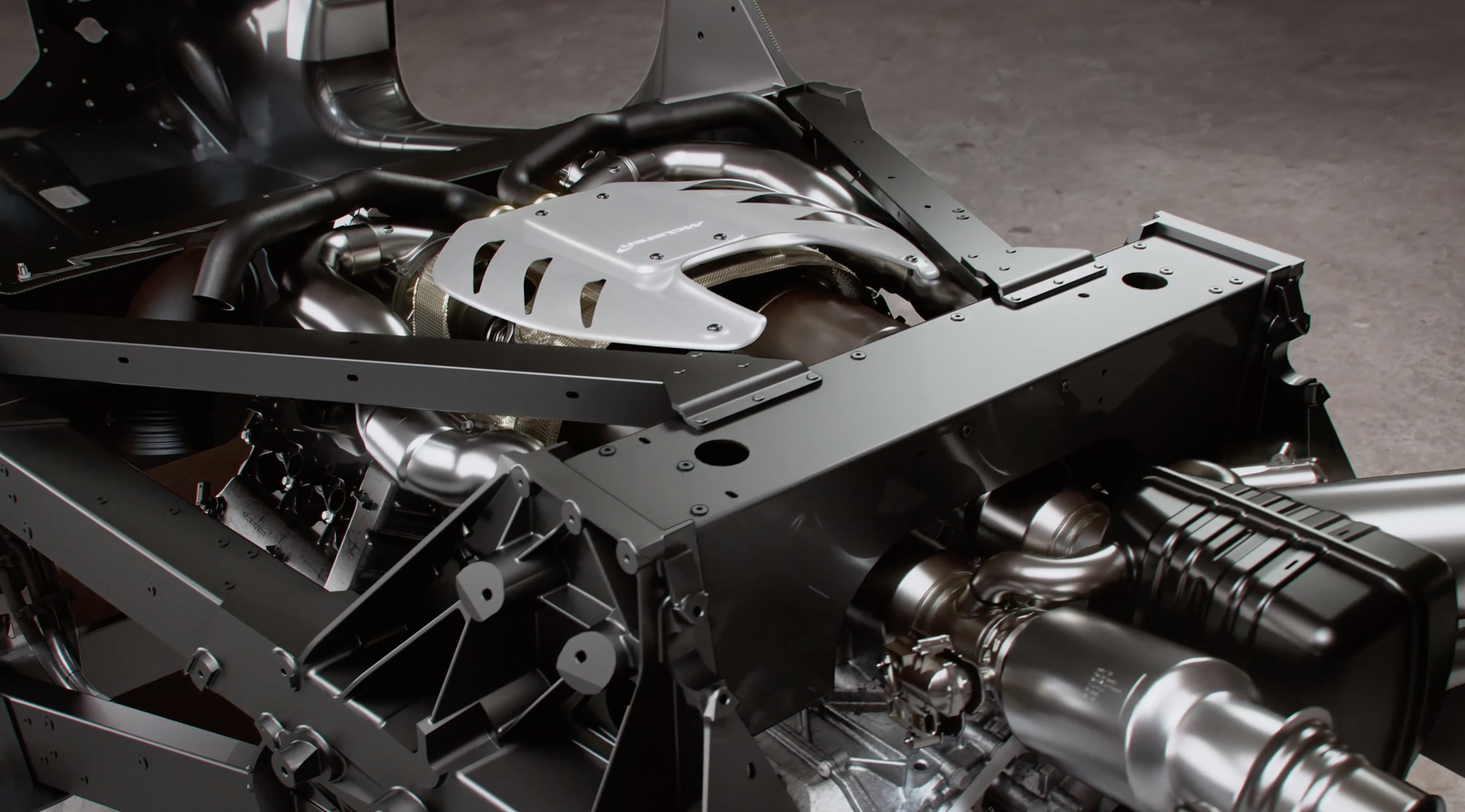
You might think the width would be an issue with a 120-degree V6, and while it’s true the block and heads will be slightly wider, the whole package including the turbochargers is 220mm narrower than the old V8. We can largely thank a ‘hot vee layout for this.
Spreading out the cylinder banks gives plenty of room to mount the two symmetrical mono-scroll turbochargers between the banks. Ancillaries are tightly arranged around the V8, resulting in a “cube” shaped package which McLaren sought to “fill to the edges” to be as efficient with space as possible.
A hot V isn’t just good for packaging, of course. Far less exhaust piping is needed - in the case of the Artura, it’s pretty much a straight line from the turbocharger outlets to the tailpipes, with catalytic converters and particulate filters sitting neatly between. A shorter run means reduced pressure losses and less bulk.
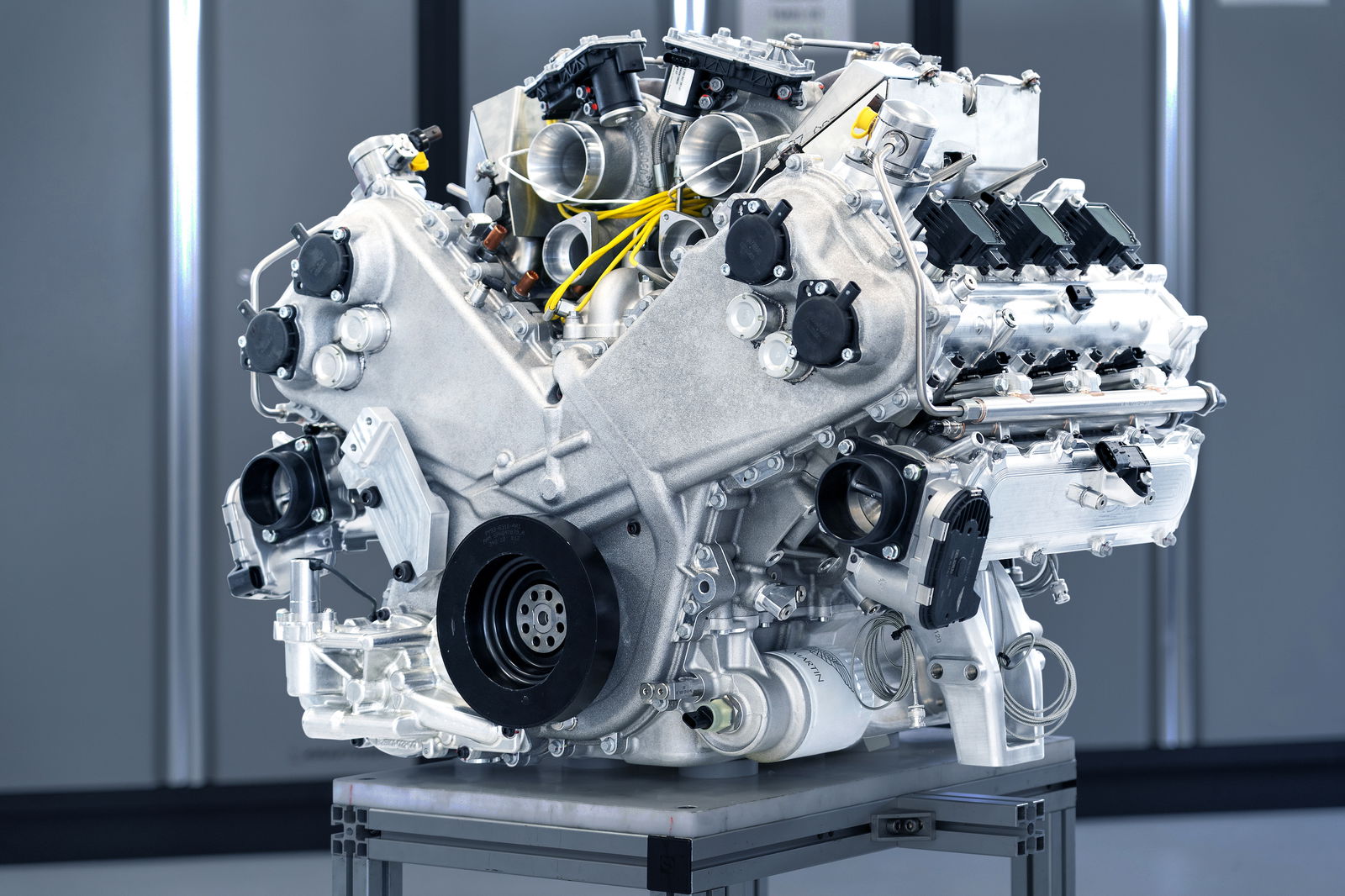
A hot-vee would have been technically possible with a 90-degree V6, but with the turbochargers mounted further up, they’d be closer to the Artura’s rear deck, making heat management a problem.
It all sounds smashing, so you might wonder why it’s taken this long for such an engine to appear in a road car. The answer is a simple one - regulations. For supercars to be viable amidst tightening emissions rules, downsized V6 hybrid powertrains will be the way forward.
That’s why McLaren isn’t the only company to have developed a V6 like this. Aston Martin’s TME V6 (which faces an unknown future) also uses a 120-degree hot-vee layout, and Ferrari’s new V6 reportedly has the same setup. Engines developed specifically for longitudinal mid-engined cars have in the past tended to be of the V8, V10 and V12 variety, rather than V6s, but a shift is now occuring. The wide-angle V6 thing is set to become much more common, since it makes so much sense in a mid-engine vehicle.
Many of those packaging benefits we mentioned further up are only applicable in the less constrained design environment a mid-engined supercar brings. Plus, McLaren doesn’t have an existing source of conventional V6s to tap into. It was always going to be a clean-sheet design, and that allowed the engineers to go with the best compromise possible rather than being tied to an existing architecture.
“If you were to do front-engined packaging, I think most manufacturers would struggle to fit a 120-degree V6,” Jackson said, adding, “Our experience probably shows it probably would be possible, [but] those manufacturers with front-engined cars have synergies across multiple platforms. When you’re designing something specifically for a mid-engined platform, you’re not constrained by having your front wheels turning into the engine.”



Comments
As a perfectionist, I cannot stand those plastic intake manifolds. Sure, they might be cheaper to manufacture, but they look terrible… not that you would see it anyway since the engine is so tightly packaged. But still, I would expect some form of metal like Aston Martin’s TME V6…
Very interesting, but my main question is:
Does the oilfilter says “Aston Martin” ?
If yes:
Why?
It’s cool to see a v6 in another supercar, especially after tons of people complained about the Ford GT having one and that was an amazing car.